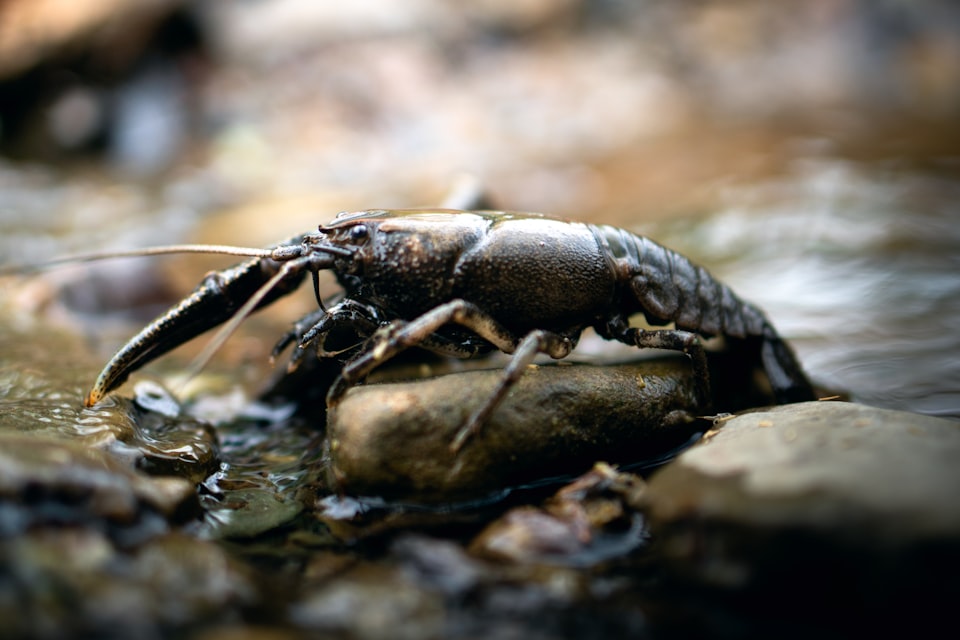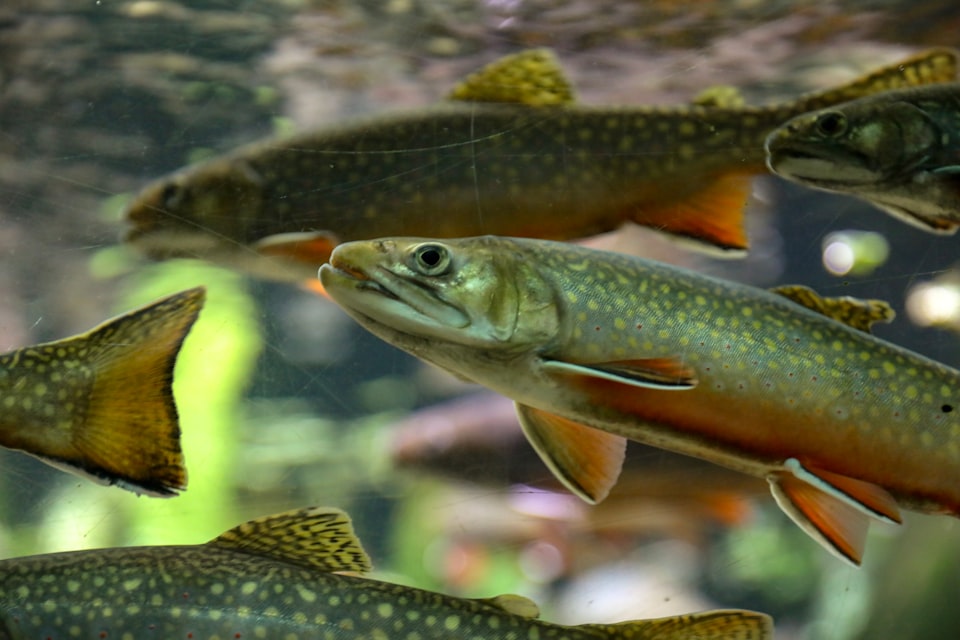V: Pigeon
The shocking, swift fate of passenger pigeons.

Good morning. Today is quintidi, the 25th of Germinal, Year CCXXXI. We celebrate le pigeon, the ultimate urban bird.
The pigeons you see today in cities are rock doves, a European species that has been exported to the world. Even though wags will refer to pigeons as "sky rats," this spread was not a case of accidental stowaways, as with rodents, but a deliberate spreading of a useful species bred in captivity for its ability to find its home spot. Rock doves were tools for communication, and only acquired their nasty reputation after the establishment of the telephone, radio, and television made their assistance in broadcasting obsolete.
If these pigeons weren't native to the Americas, does that mean the land was blissfully pigeon-free when the Europeans first starting arriving?
On the contrary. North America once teemed with wild, endemic pigeons in flocks so massive, they rivaled the bison in their thundering destruction and awe-inspiring migrations. They were a legendary force, a dominant feature of the American landscape, and an important source of springtime food. And now, the untold billions of them are completely extinct.



